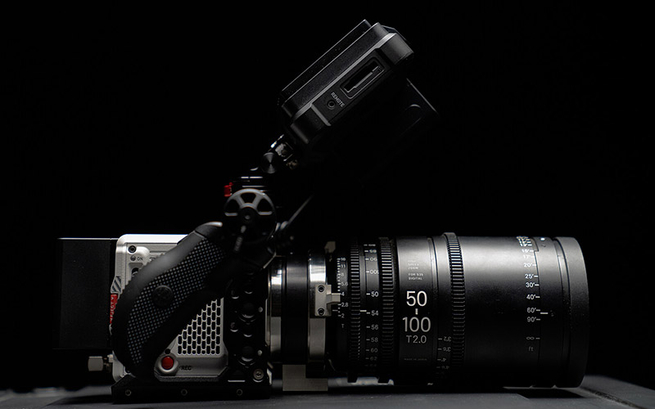
Build the perfect Red Komodo camera rig
Stig Olsen
When the Red Komodo 6K camera hit the market with its exceptional image quality, global shutter and small versatile form factor for an affordable price, it took the industry by storm.
The modular design of the camera empowers the users to customize it for any production environment, and we’ll take a look at some of the accessories available.
Camera cage
A camera cage provides protective armor and several mounting points for mounting accessories. It allows you to connect different battery solutions, monitors, microphones, handle options, and attach the camera to tripods and gimbals. This cage is is probably the most popular one, from Tilta.
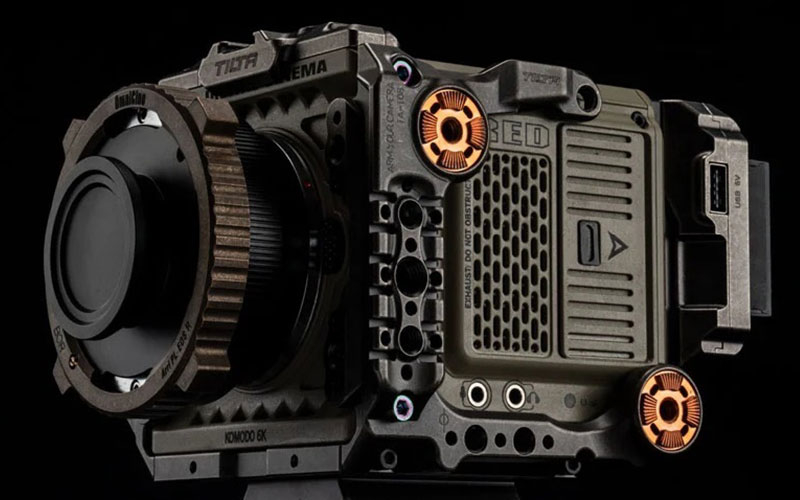
Other popular cage providers for Red Komodo are Smallrig, Shape, 8Sinn, Nitze, Kondor Blue and the more expensive Wooden Camera and Bright Tangerine.
Monitor
The small screen on the top of the Red Komodo camera body is not a perfect option for shooting, so adding a traditional 5” to 7” monitor is a better option. That will also let you control many settings via the touchscreen like white balance, shutter angle and even more advanced features like aperture changes of electronic lenses and autofocus point selection.
Popular camera monitors to check out are Atomos Ninja V 5”, SmallHD Pro Focus 5” and the Portkeys 5” BM series.
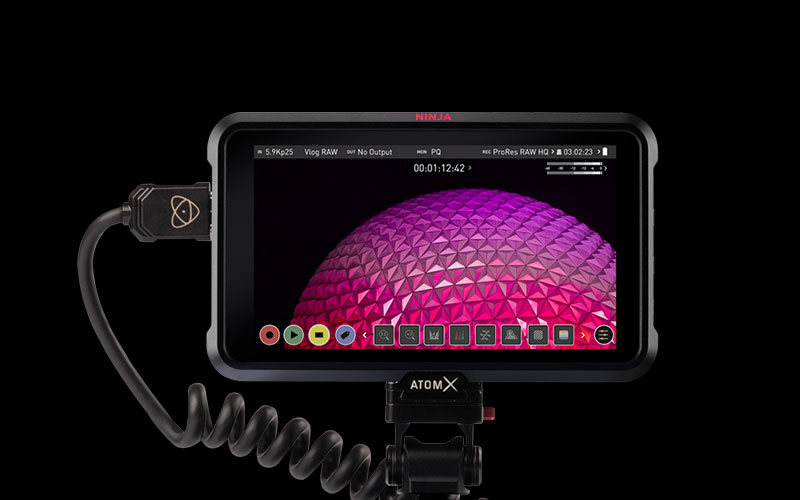
In the 7-inch monitor range, have a look at Atomos Shinobi. For an even larger screen, the 9” BM090 from Flanders Scientific is worth checking out. It’s a camera version of FSI’s high-quality broadcast and color grading monitors, full of useful features.
Handles
The most popular side handle for Red Komodo is their own low profile Red Outrigger handle with integrated Record Start/Stop button.
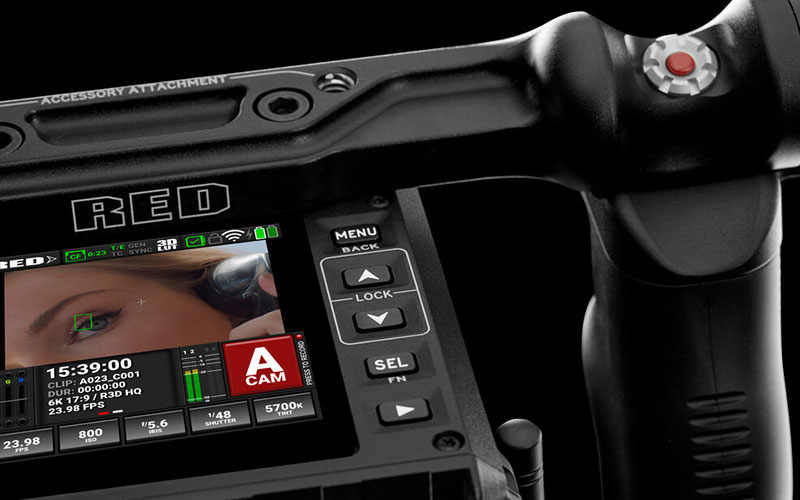
Red also offer their Wing Grip top handle, but there are many third part alternatives to choose from, from the same companies that create cages for the camera.
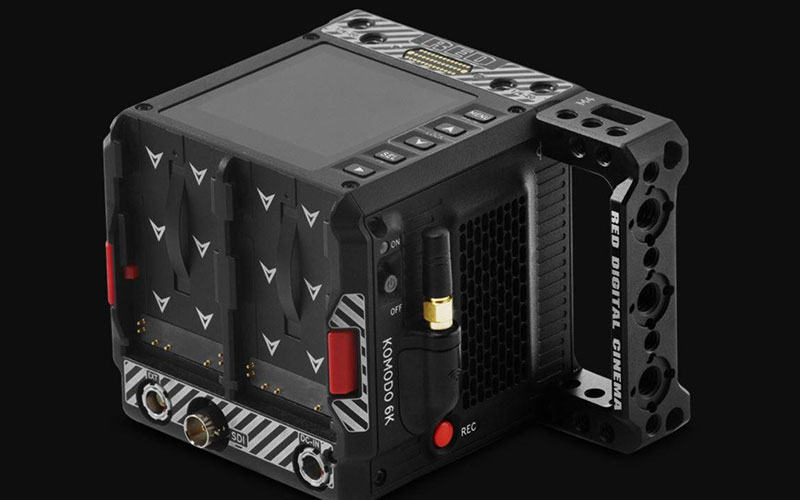
Some top handles like this one from Smallrig have mounting holes for a tilt monitor mount in front which can be important for center aligning the monitor for better balance. There are also handles like this one from Smallrig that can slide in both directions or swap 180 degrees for situations that require a different grip. A popular, but more expensive one is this from Wooden Camera.
Battery System
The Red Komodo body can take two small Canon batteries (BP-955 or BP-975), their own Redvolt BP or cheaper Red Approved alternatives from Blue Shape or Jupio.
There are also some Red Compatible (not Red Approved) alternatives that provide enough current to power the camera and have been tested and deemed safe for use. Just remember that these batteries do not communicate with the camera and therefore are unable to display battery percentage and remaining time.
For more power, consider adding a V-mount plate and larger V-mount batteries.
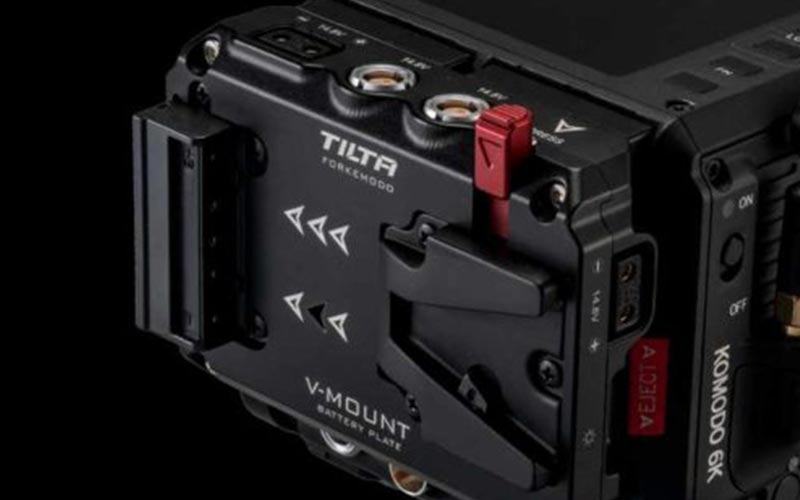
Audio
Most cinema cameras are not designed for high-quality audio recording and requires an external audio adapter. The internal audio comes with excessive amounts of hiss when it’s gained up, and the adapter is needed to get a clean audio signal. When using the adapter, the camera preamps can stay on low gain for best performance while the adapter does all the heavy lifting. That way we can push the gain and get high-quality audio.
The most popular one is RED-DXA from Beachtek. It’s phantom-powered dual XLR adapter with low-noise preamplifiers. It gives you everything you need to record cinema quality audio. It can be mounted on the rods with rail blocks, or installed on the side of the cage with the click-release plate that comes with the adapter. It’s designed for RED and the industrial design look makes it integrate nicely with the look of the camera body.

While talking audio, our favorite microphone is the MKH 8060 from Sennheiser. It’s the successor of the legendary MKH 416 and a state-of-the-art shotgun microphone. Technically speaking, the MKH 8060 main difference is that its off-axis sounds is not affected by any coloring and it has a lower end, which is often asked for by filmmakers. It’s also a bit shorter and therefore ideal for a small camera like the Komodo.
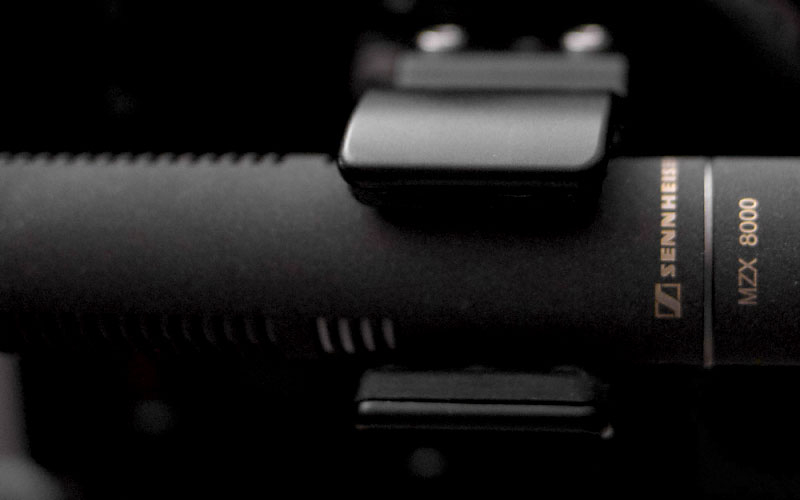
To mount the microphone, this microphone holder can be mounted directly on every cage.
Lens Equipment, follow focus and matte box
A Red System often consists of a base plate and 15mm rods that can be attached to the camera cage. The rods can be used with a lens support or to attach a Follow focus system. We recommend the Mini Follow Focus from Tilta as that’s super small, rock solid and the most affordable option on the market.

If you choose to use non-cine lenses on the Komodo, follow focus gear rings are needed. Non-cine lenses do not have built-in 0.8 module gearing for use with follow focus systems, so that has to be purchased separately. Luckily, Outlast Cinema Gears can be ordered super cheap from Couto Camera for both the focus and aperture barrels. They have gear rings for every lens available at any size and ships quickly worldwide. It’s important to know that ultra-rigid gears in aluminium makes noise during pulls, but the ones from Couto are near-silent which is important when having a shotgun microphone mounted on the camera.
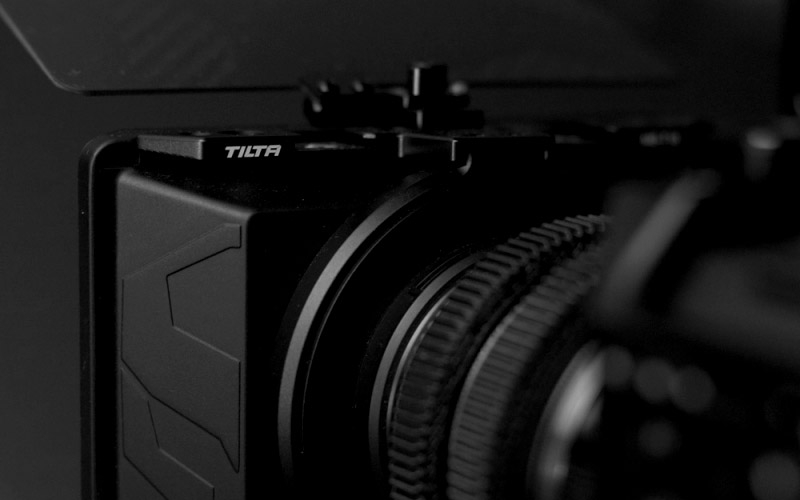
For a small camera using non-cinema lenses, a lightweight mattebox is preferred. Tilta is offering the smallest solution on the market which is designed to be mounted directly onto the lens.
Media Management
The Komodo takes standard CFast 2.0 cards, and several producers offer RED Approved Media. Angelbird and Exascend are trusted by the industry and offer the highest sustained performance (read and write speed) throughout the capasity of their cards. That means you can record without dropped frames in all cinematic modes.

Angelbird and Exascend are also the only ones who offer approved media up to a capacity of 1TB, and they cards are built with magnetic, x-ray, electric discharge, overload and temperature protection.
To take advantage of the incredible dynamic range in the camera and achieve superior image quality with the right post-production process, watch this training series from Lowepost. The RED Post Production training is designed for beginners and no post-production experience is necessary.
Additional accessories
There are tons of additional accessories available for Red Komodo including RF to PL mounts, I/O modules, filter mounts, cables, and small cable management devices. New accessories hits the market every month and you will find what you need to build your ultimate camera.
Happy building!
This post might include affiliate agreements, for full information click here.
-
 2
2
Recommended Comments
Join the conversation
You can post now and register later. If you have an account, sign in now to post with your account.
Note: Your post will require moderator approval before it will be visible.